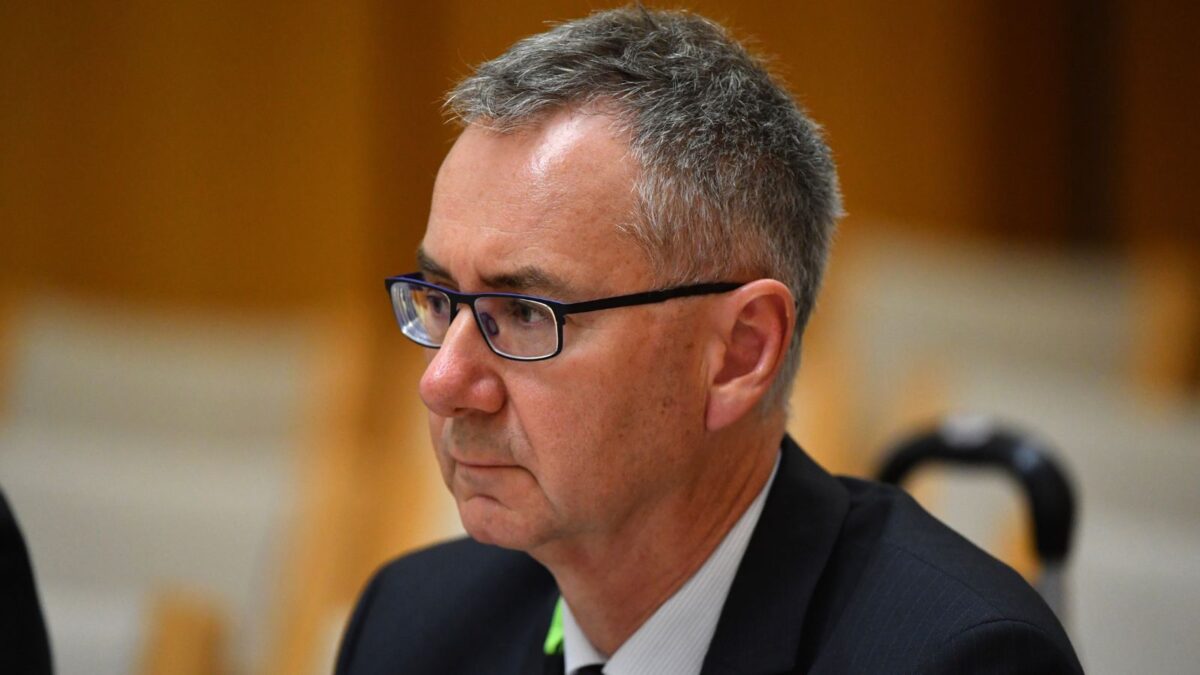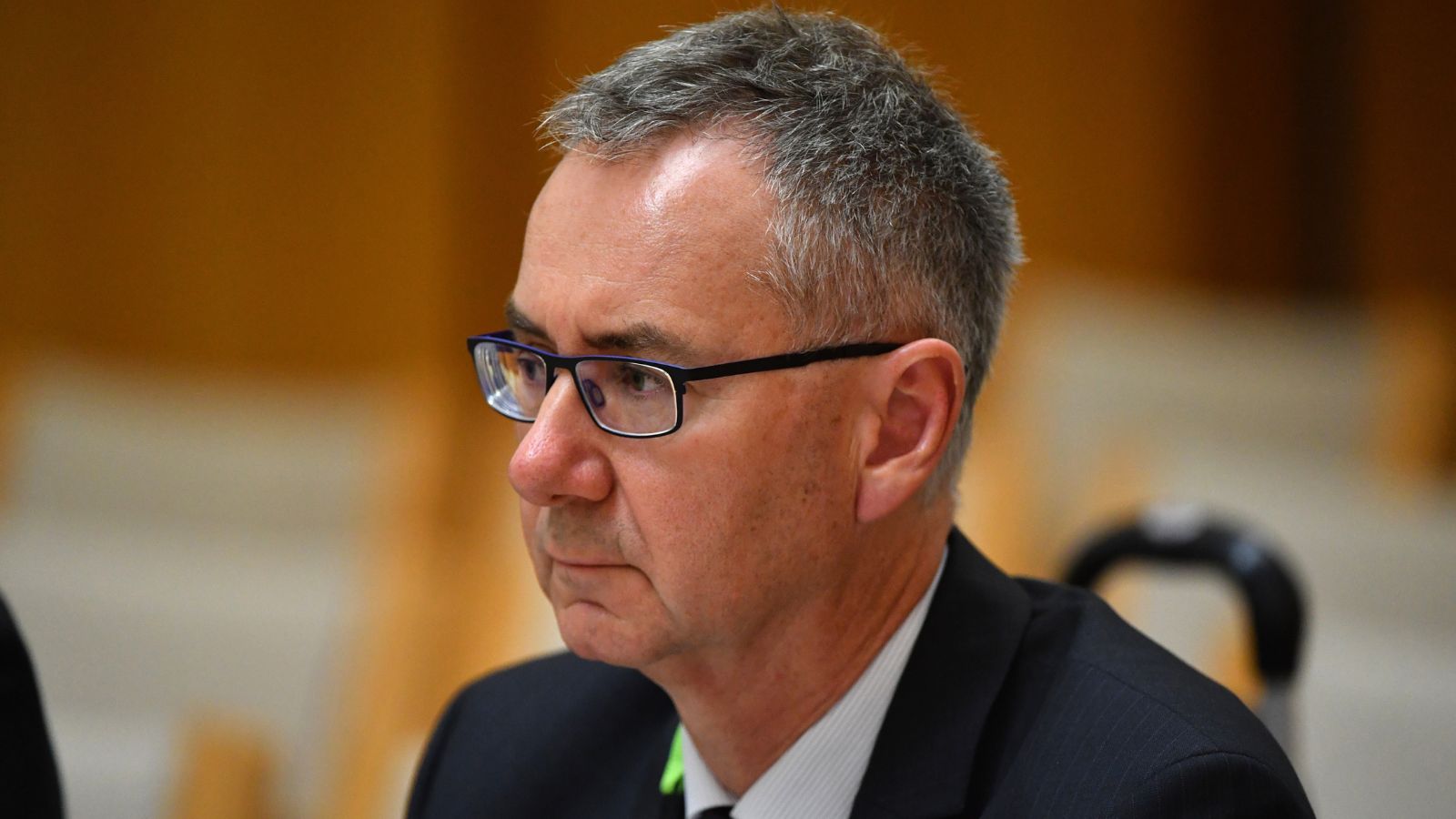Managed funds see record outflows as bear market bites
While fund managers are offering up everything from declining short interest to super-sized rate hikes as evidence that markets will soon bottom, their investors seem less than convinced. Australian domiciled managed equity funds suffered $253 million of outflows in June, according to the latest Calastone Fund Flow Index (FFI), while some $2.05 billion was ripped out of all asset classes in Q2 – the worst quarterly figure since the inception of the FFI in 2019.
“Signs of optimism are scarce as the global bear market shreds investor sentiment. June was the first time we have seen investors withdraw capital from every equity category (except Australian) and every asset class,” said Teresa Walker, managing director of Calastone in Australia and New Zealand.
But while Australian equities actually saw net inflows in June totalling $36 million, supported by the sector mix of the ASX, that comprises only one tenth of their average monthly inflow over the last two years.
“The relative resilience of Australian equities reflects the commodity and banking bias on the market. The Australian stock market is one of the highest yielding in the world and that has proven a big draw in times of rising inflation and interest rates,” Walker said.
“Nevertheless, even appetite for Australian equity funds waned substantially in May and June. As fears of a global recession have grown, equities everywhere have seen a further convulsion of risk aversion. Commodity prices have fallen sharply too and that takes the shine off the Australian market even for domestic investors.”
Global funds bore the brunt of the selling, with outflows of $120 million, while the phenomenon is also touching specialist sector funds focusing mainly on infrastructures assets – assets that are supposed to be inured to inflation – were also hit hard.
“Outflows from infrastructure funds and property are harder to explain,” Walker said. “Infrastructure investments often come with inflation protection built into long-term contracts, making them attractive in today’s environment. Property is an asset-backed income investment that also has some defensive characteristics. Property is, of course, not immune.
“Capital values are sensitive to rising interest rates and a severe recession would inevitably lead to stress among tenants in more cyclically exposed segments like retail or offices, in contrast to more stable segments like healthcare.”
Fixed income funds are also particularly out of favour. June marked the first time since the FFI’s inception that investors withdrew capital from fixed income funds for four consecutive months, totalling $1.52 billion in net outflows in the second quarter – $984 million of which was pulled in June alone. The outflows were driven by a sharp increase in selling activity (rather than a “buyer’s strike”) as investors “actively fled the asset class.”
“June’s outflow from fixed income funds was second only to March 2020, when bond markets globally convulsed as lockdowns descended worldwide,” Walker said. “Central banks rode instantly to the rescue by pumping huge quantities of liquidity into the system.”
“No such help is available today. Indeed, central banks, including the RBA, are tightening policy rapidly in a belated attempt to squeeze out inflation, deliberately leaving bond markets to transmit tighter policy through the economy.”
The phenomenon is playing out globally, with European, Asian and UK investors also turning negative on fixed income – particularly on higher risk categories of bonds like high yield sovereign or corporate bonds.










